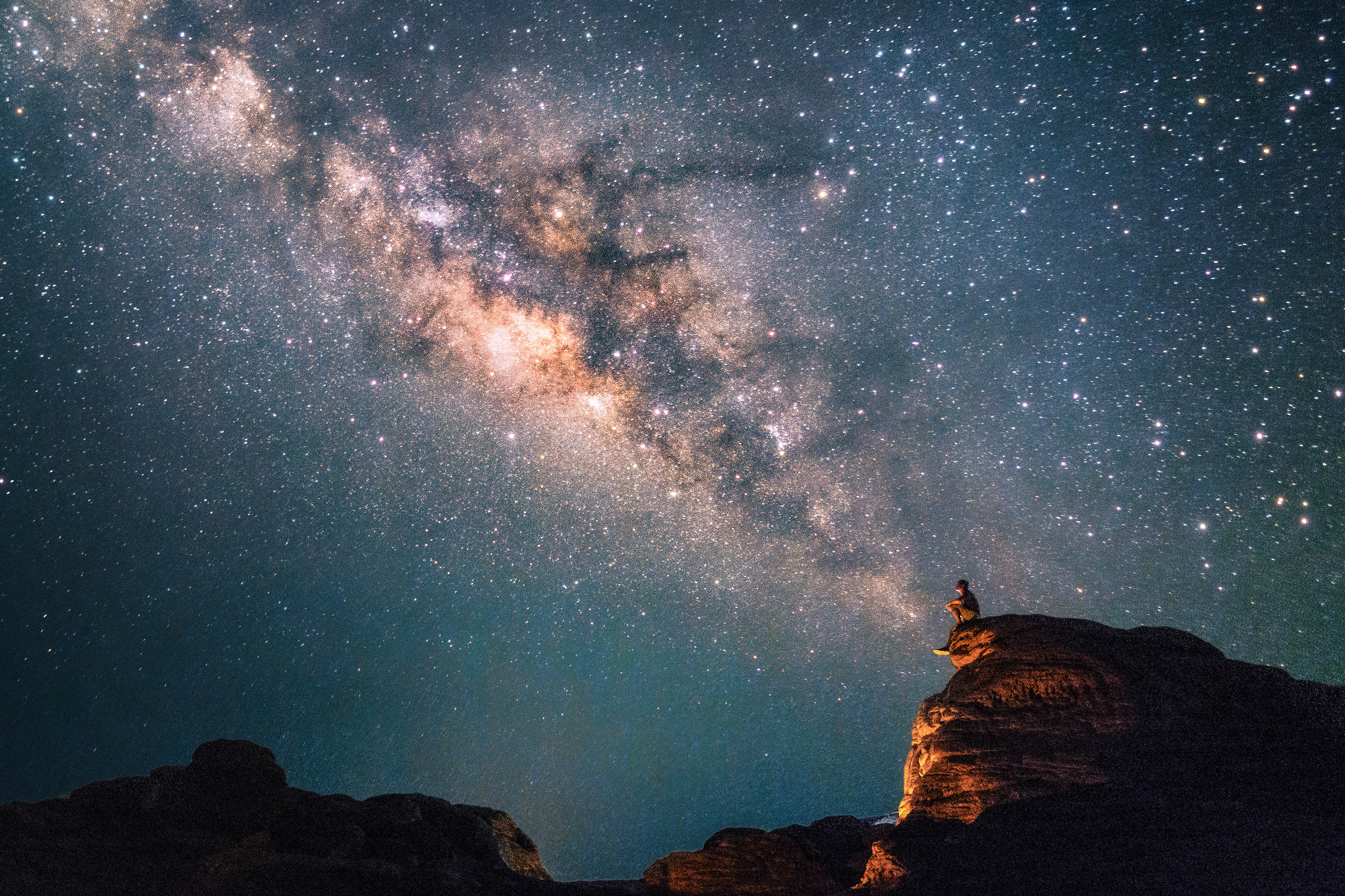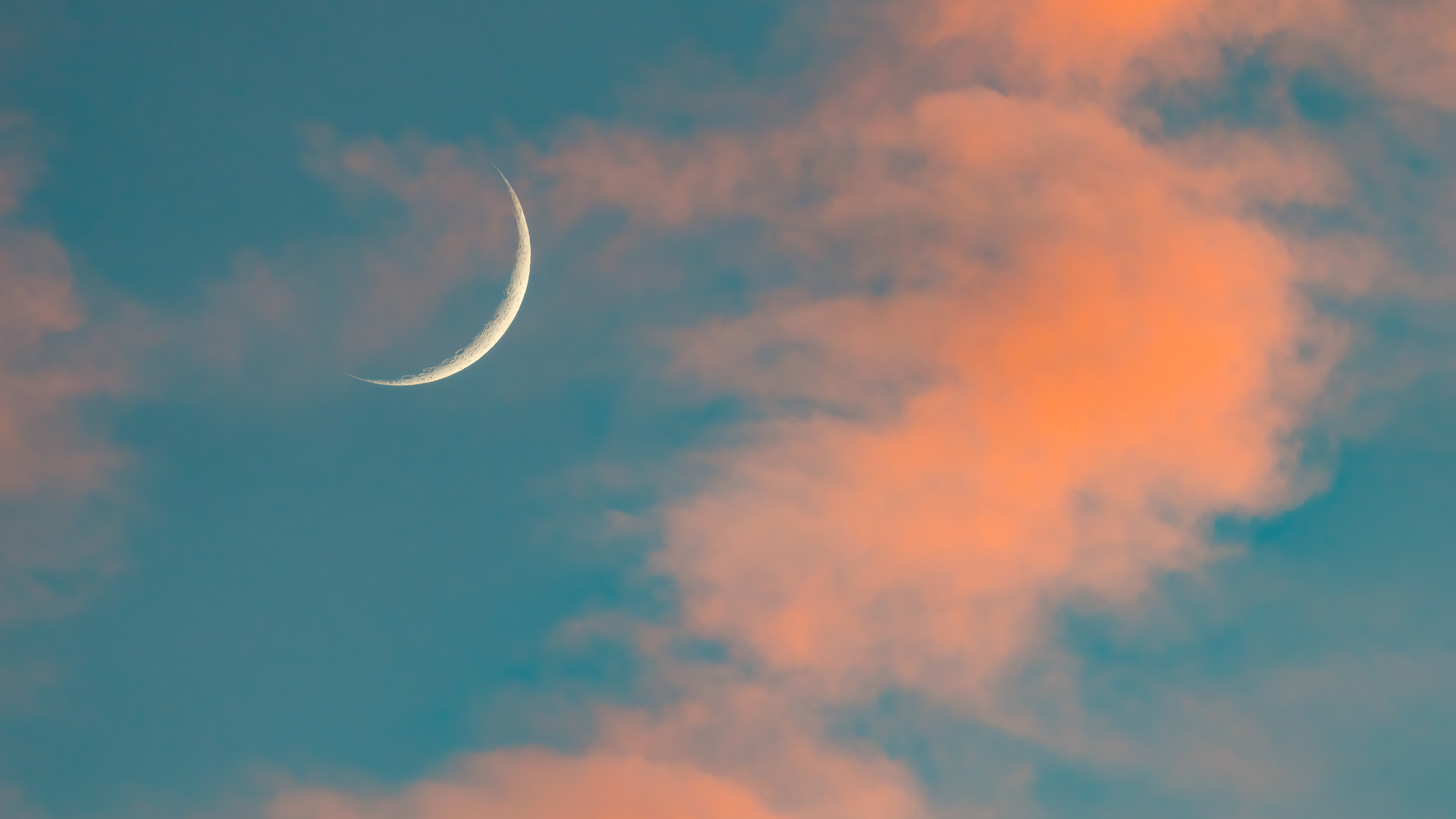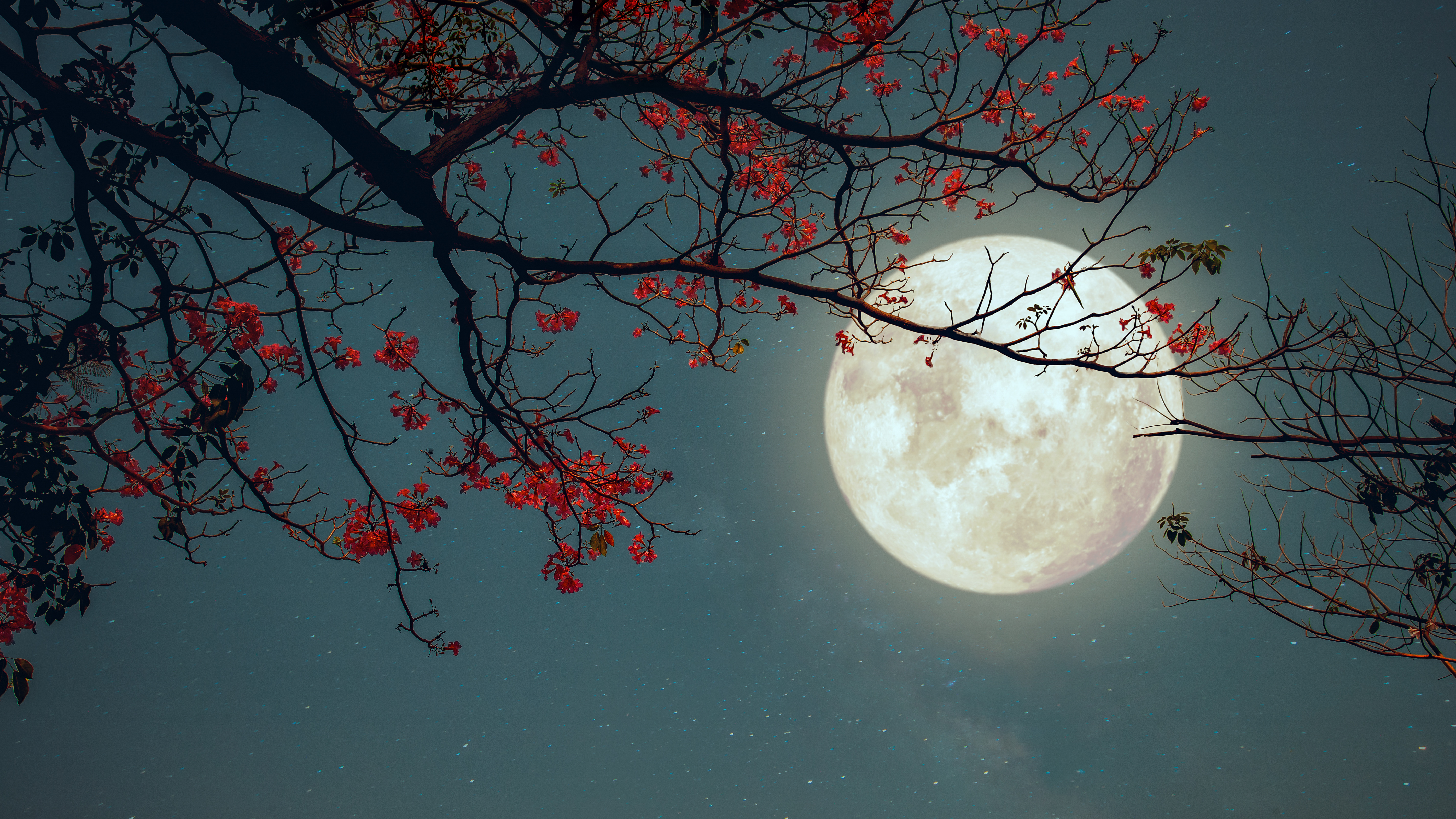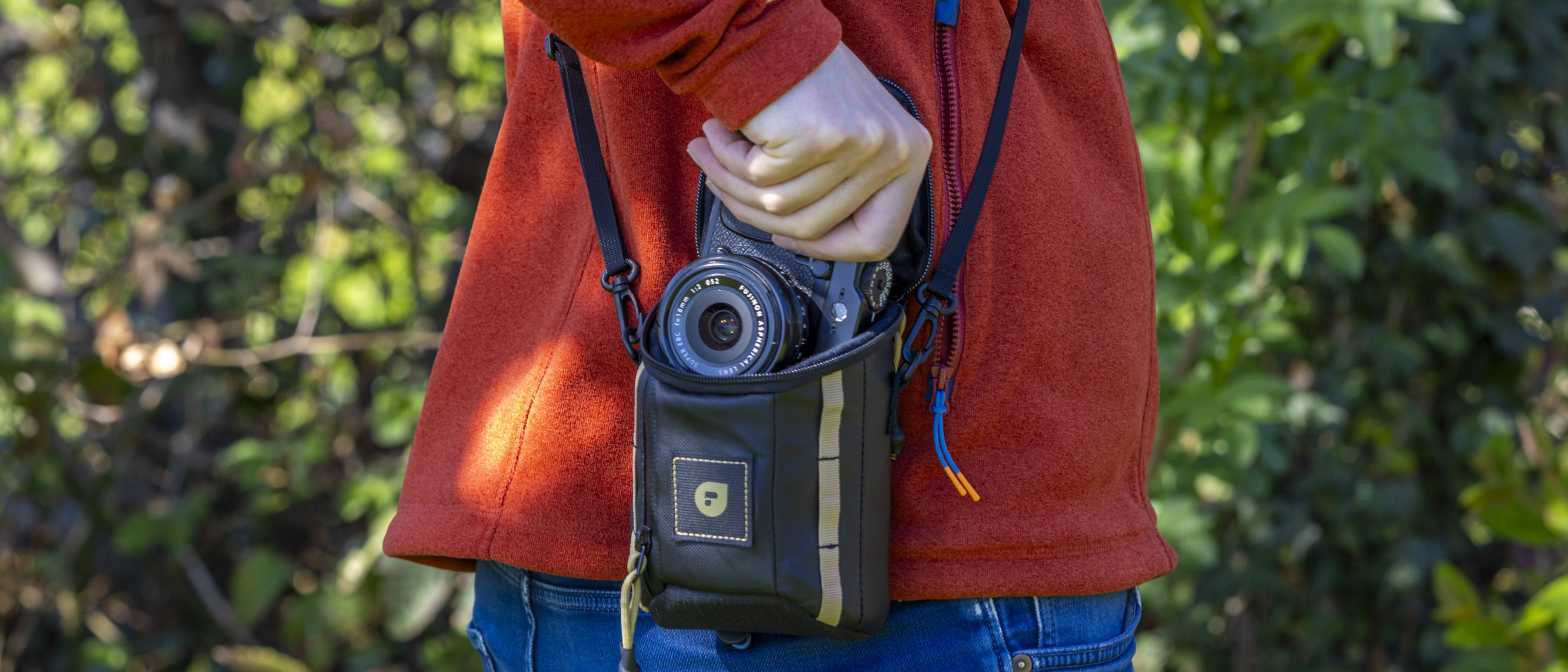Astrophotography in May 2024: what to shoot in the night sky this coming month
From ‘shooting stars’ from Halley’s Comet to an occultation of a bright star by the moon, here’s everything you need to know about what’s happening in the heavens this month.

April 2024 is a classic shoulder season for astrophotography. Last month’s astrophotography frenzy, the total solar eclipse, is history, the bright stars of winter are sinking into the western horizon at sunset, and the nights are getting noticeably shorter at northern latitudes.
However, plenty is happening in the night sky if you know exactly when and where to look. This month’s highlights include the first moon-free meteor shower for four months as the Eta Aquariids peak alongside some beautiful lunar views. Among them will be the rise of a full ‘Flower Moon’ and – from some parts of the U.S. – the chance to see it move across and block one of the brightest stars in the night sky.
1-10 May: dark sky window
Ten days of moonless night skies begin tonight. That makes now the best time to get outside with your camera or telescope. Why so specific? With the moon reaching its last quarter phase tonight, it begins to rise after midnight. It will rise in the east about 50 minutes later each day and shrink as it moves into the sun’s glare. The new moon on 7 May sees it completely absent from the night sky, reappearing as a slim crescent that sinks soon after sunset. It won’t be until 10 May that the crescent waxes towards the half-lit first quarter phase and begins to affect the quality of the night sky.
Read: Astrophotography: How-to guides, tips and videos
3-5 May: The crescent moon meets three planets

If you’re fine with rising early, a celestial treat will be visible in the southeastern skies an hour before dawn for three mornings in a row. On May 3, a 28%-illuminated waning crescent moon will shine to the right of Saturn and Mars. On May 4, it will be 18%-illuminated and between Saturn and Mars. On May 5, it will be a mere 10%-illuminated and closer to the horizon between Mars and dim Mercury, which will rise just before sunrise.
Read: 10 must-shoot events for astrophotographers in 2024
4-5 May: Eta Aquariids meteor shower

The Eta Aquariid meteor shower, which is peaking tonight, results from dust and debris left in the solar system by the famous comet 1P Halley. The comet last visited the solar system in 1986 and will return in 2061. The Eta Aquariid meteor shower runs from 15 April through 27 May, producing up to 30 “shooting stars” per hour on the peak tonight. It’s one of only two meteor showers in 2024 that peak in moonless night skies, the other being August’s Perseids.
Get the Digital Camera World Newsletter
The best camera deals, reviews, product advice, and unmissable photography news, direct to your inbox!
Read: How to photograph a meteor shower
8 and 9 May: A razor-thin crescent moon
Imaging the slimmest possible crescent moon is a common boast among astrophotographers, but you’ll need a telephoto lens (over 300mm) and a keen eye to do it. On 8 May, the moon will be visible just 1% illuminated above the west-northwest horizon (and just above Jupiter) after sunset. The following evening, 9 May, it will be a mere 4% illuminated and higher in the sky, sinking 50 minutes later. The latter will be easier to image, but the former will be a bigger achievement.
10 and 11 May: The crescent moon and ‘Earthshine’
When the crescent moon is visible in dark skies, it displays ‘Earthshine,’ sunlight reflected by the Earth’s oceans and icecaps back onto the moon, gently illuminating its unlit areas.
May 23: The full ‘Flower Moon’ and Antares

The rise of May’s full moon, the ‘Flower Moon,’ will require a 70-300mm lens, a tripod, and a remote shutter release. The best way to get a good shot is to experiment with short exposures and include some surrounding landscape. The moon itself will appear orangey-yellow as it appears because it’s behind the densest part of Earth’s atmosphere, which long-wavelength reddish light can travel through more easily.
See it at moonrise where you are for the best views of it as it appears in the east. As a bonus, it will rise with Antares just to the lower left. Antares is a red supergiant star and the brightest star in the summer constellation of Scorpius. Those in Florida, Georgia and South Carolina will be able to see Antares disappear behind the moon. Lunar occultations can only ever be seen from a tiny portion of the Earth.
Read: How to photograph the full moon
31 May: The crescent moon and Saturn
For the second time this month, the moon—which takes 27 days to return to the same part of the sky—will appear very close to Saturn, again in the pre-dawn sky. This time, it will be approaching its first quarter phase, so it will be about 50% illuminated. From Southern Africa, the moon will occult Saturn.
Read more:

Jamie has been writing about photography, astronomy, astro-tourism and astrophotography for over 15 years, producing content for Forbes, Space.com, Live Science, Techradar, T3, BBC Wildlife, Science Focus, Sky & Telescope, BBC Sky At Night, South China Morning Post, The Guardian, The Telegraph and Travel+Leisure.
As the editor for When Is The Next Eclipse, he has a wealth of experience, expertise and enthusiasm for astrophotography, from capturing the moon and meteor showers to solar and lunar eclipses.
He also brings a great deal of knowledge on action cameras, 360 cameras, AI cameras, camera backpacks, telescopes, gimbals, tripods and all manner of photography equipment.
